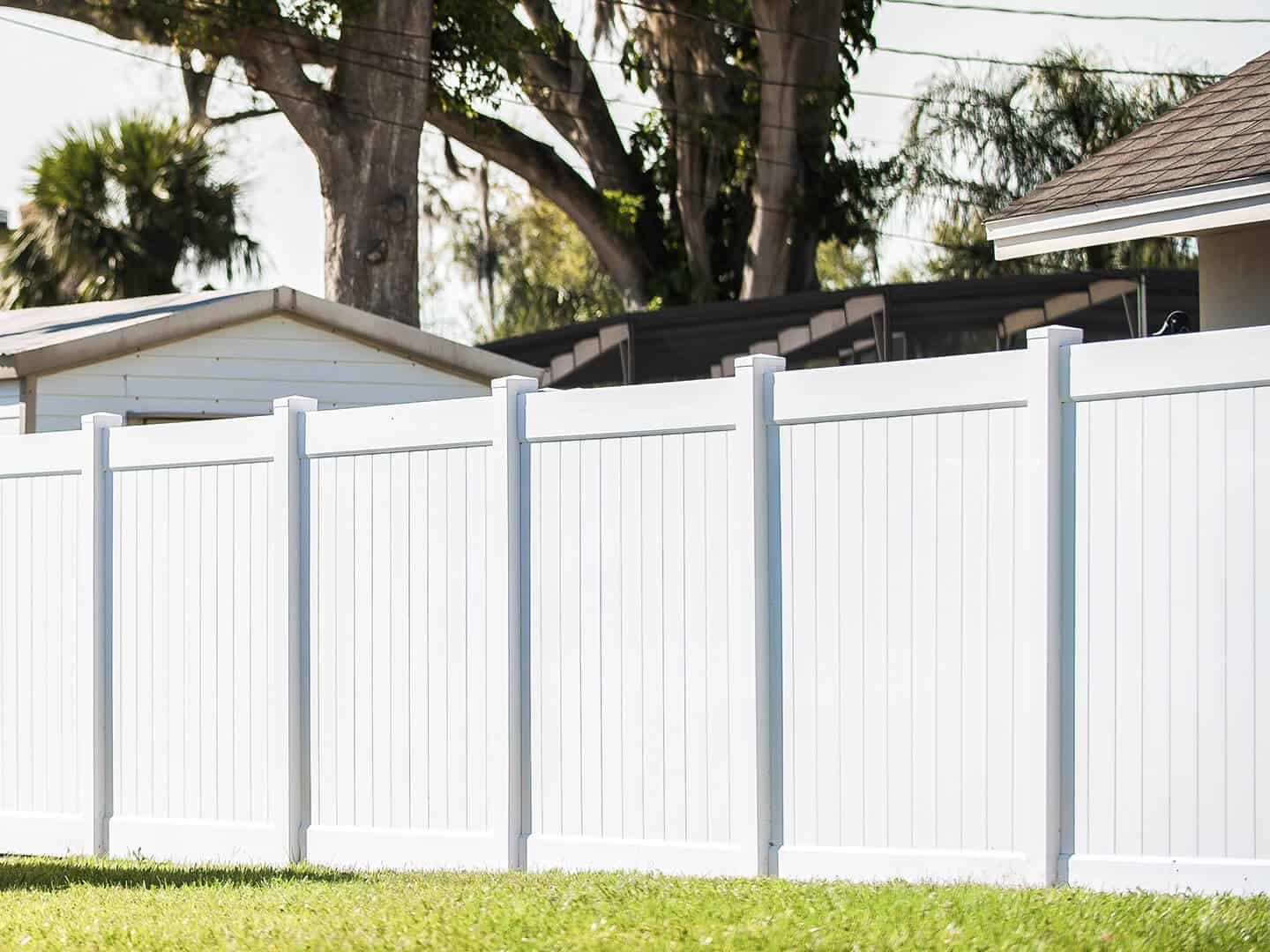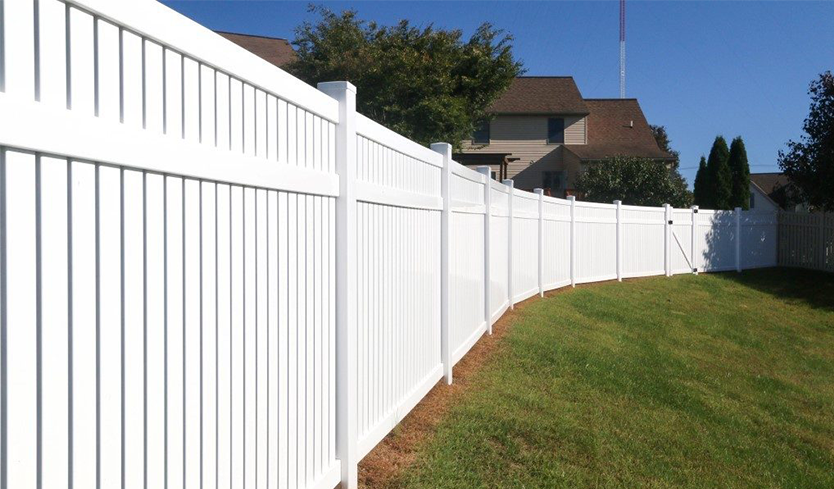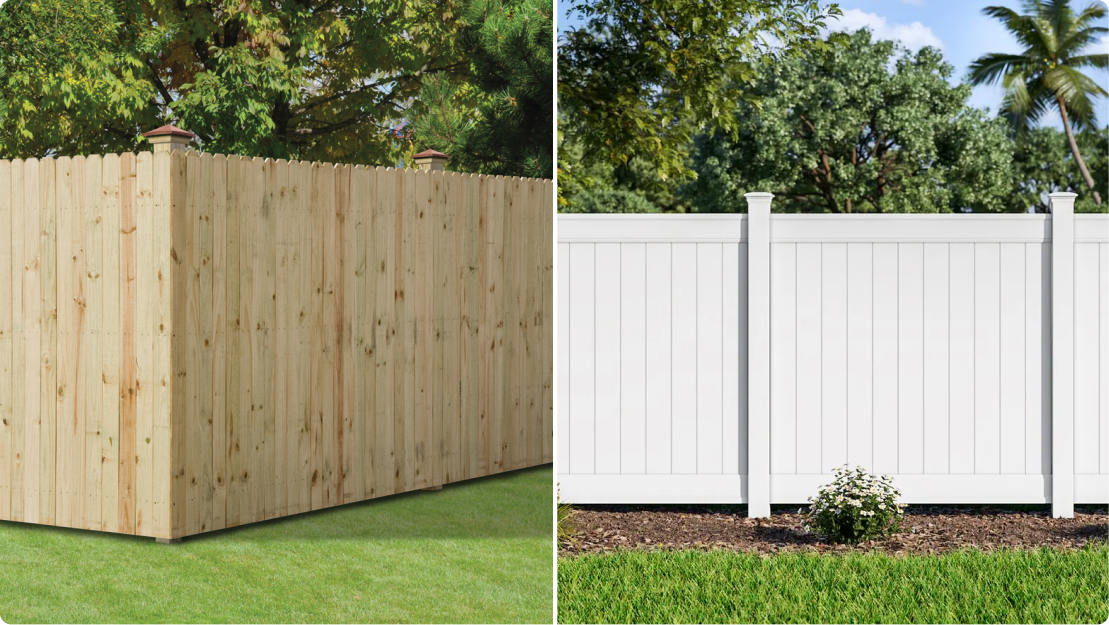Best Vinyl Fence for Windy Areas: Sturdy Design Tips

When it comes to choosing the perfect fencing solution for your property, a vinyl fence offers an ideal blend of durability, low maintenance, and aesthetic appeal. However, if you live in a region known for strong winds or storms, not all vinyl fences are created equal. High winds can wreak havoc on poorly installed or flimsy fences.
That’s why selecting the best vinyl fence for windy areas requires a smart approach that combines quality materials, smart design choices, and secure installation methods.
Why Choose a Vinyl Fence in Windy Areas?
You might be wondering—can a vinyl fence really withstand heavy winds? The answer is yes, but only if it’s properly chosen and installed. Vinyl is a strong, flexible material that can absorb and resist wind forces far better than wood or chain link when designed correctly. It’s also resistant to rot, insects, and rust, which makes it an excellent long-term investment in challenging climates.
Key Benefits of a Vinyl Fence in Windy Regions:
- Durability: High-quality vinyl is engineered to endure extreme weather.
- Flexibility: Unlike wood, vinyl can flex slightly, reducing the chance of snapping.
- Low Maintenance: It won’t need painting, staining, or repairs due to rust or rot.
- Aesthetic Appeal: Comes in various styles and colors that complement any home.
Sturdy Vinyl Fence Design Tips for Windy Areas
To get the most out of your vinyl fence in high-wind regions, it’s crucial to follow a few smart design and installation strategies. Here are expert tips to ensure your fence stands tall no matter how strong the wind blows.
1. Choose Wind-Resistant Styles
Solid panel vinyl fences may offer the most privacy, but they can also act like a sail in the wind, increasing the chances of damage. Instead, consider semi-privacy or spaced-picket styles. These allow some air to pass through, reducing wind pressure on the fence.
Popular wind-resistant styles include:
- Shadowbox fences: Offer privacy while letting air flow between boards.
- Louvered designs: Stylish with angled slats that allow wind to pass.
- Picket fences: Ideal for front yards where extreme privacy isn’t needed.
2. Use Stronger Posts and Footings
The strength of any vinyl fence in a windy area lies in its foundation. Weak posts will compromise the whole structure. Here’s how to reinforce them:
- Use thicker, heavy-duty posts: Opt for reinforced or commercial-grade vinyl posts.
- Space them closer: Instead of the typical 8 feet, reduce spacing to 6 feet or less.
- Set posts deeper: Bury at least 2 feet into the ground with concrete footings.
- Add metal inserts: For additional strength, place steel or aluminum inserts inside the vinyl posts.
3. Anchor with Concrete
In high-wind zones, anchoring the fence posts in concrete is not optional—it’s essential. This not only stabilizes the fence but prevents it from tilting or uprooting during gusts. Be sure to:
- Use high-quality, fast-setting concrete.
- Ensure the concrete footing is wider at the base (bell shape) for better grip.
- Let the concrete cure properly before attaching panels.
4. Select High-Quality Materials
Not all vinyl is built the same. Always look for premium, UV-resistant vinyl that can withstand temperature fluctuations. Cheap vinyl tends to become brittle, increasing the risk of cracking in high winds.
Trusted fencing brands will typically offer:
- Impact-resistant material tested against wind loads.
- UV protection to prevent fading and warping.
- Lifetime warranties that cover weather-related damage.
5. Professional Installation Matters
Even the best vinyl fence can fail if not installed correctly. In windy areas, precision matters more than ever. Hiring a licensed and experienced fence contractor ensures that posts are level, panels are aligned, and all fasteners are properly secured.
They will also be aware of:
- Local building codes and wind load requirements.
- Proper drainage considerations to prevent soil erosion around posts.
- Wind exposure zones to determine best fence placement.
Maintenance Tips to Prolong Fence Life in Windy Areas
Vinyl fencing requires very little upkeep, but a few routine practices can help it stand strong for decades:
- Inspect after storms: Check for leaning posts or loose panels.
- Clear debris: Remove fallen branches or objects that could impact the fence.
- Clean regularly: Dirt and mildew can weaken certain parts over time. Use mild soap and water.
Conclusion
Living in a windy area doesn’t mean you have to sacrifice beauty or privacy when choosing a fence. With the right planning, materials, and installation, a vinyl fence can be an incredibly sturdy and stylish solution. Focus on wind-resistant designs, reinforced posts, and professional installation to ensure your fence can handle whatever nature throws at it.
A well-built vinyl fence not only boosts your property’s curb appeal but also offers peace of mind—knowing it’s ready to withstand even the harshest weather conditions.





